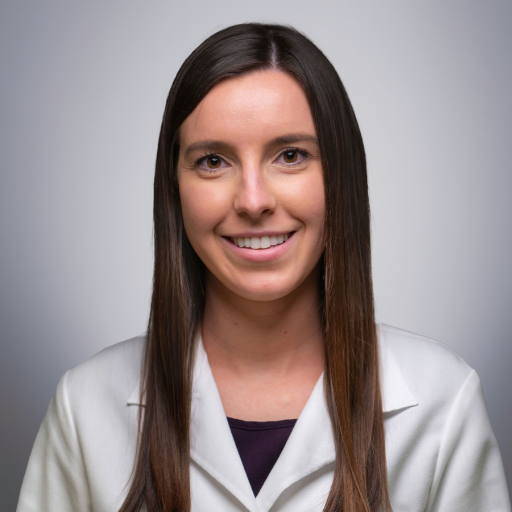 Dry eye, a symptomatic eye condition characterized by poor tear production, affects nearly 16 million adults in the United States. We met with Jennifer Risting, O.D., FAAO, one of our optometrists and dry eye specialist, to discuss dry eye and how to best manage it.
Dry eye, a symptomatic eye condition characterized by poor tear production, affects nearly 16 million adults in the United States. We met with Jennifer Risting, O.D., FAAO, one of our optometrists and dry eye specialist, to discuss dry eye and how to best manage it.
What are some symptoms and causes of dry eye?
Common symptoms include burning, tearing, redness, blurry or fluctuating vision, sensitivity to light and difficulty wearing contact lenses.
Dry eye is more prevalent in individuals over the age of 50, especially women — fluctuations in estrogen, progesterone and testosterone levels are associated with lower tear quality.
Several medications can result in dry eye, especially antihistamines, antidepressants and Accutane. Other treatments such as chemotherapy, hormone replacement therapy, Parkinson’s disease management and even eye drops containing preservatives can cause dry eye as a side-effect.
Systemic disorders such as rheumatoid arthritis, lupus, thyroid disease, inflammatory bowel disease, sleep apnea and Parkinson’s disease can also induce symptoms.
Other factors include contact lens wear, device screen time, vitamin deficiencies, air pollution, low humidity and extreme temperatures.
What are the long-term effects of untreated dry eye?
Irregularity or scarring of the cornea, increased risk of corneal infection and reduced quality of life are some of the long-term effects of dry eye. If left untreated, patients may notice an impact on their overall well-being and mental health.
Dry eye treatment is recommended if you notice persistent or worsening symptoms, impact on your daily activities, temporary or no relief with home remedies, or if you have an underlying health condition such as an autoimmune disease, thyroid disease or hormonal changes.
Seeking treatment for dry eye is vital since it can have a huge impact on not only your eye health, but on your overall quality of life. Receiving proper care early can help you manage dry eye more effectively and prevent complications in the long run.
 Jennifer Risting, O.D., FAAOWhat are some treatment options for dry eye?
Jennifer Risting, O.D., FAAOWhat are some treatment options for dry eye?
Treatment depends on the cause of the patient’s dry eyes. Options include over-the-counter artificial tears, warm compresses, lid scrubs, topical steroids, prescription eye drops, oral antibiotics and in-office procedures. There are many different options out there, and it is important that we tailor treatment to each of our patients. Dry eye treatment options continue to expand, which is very exciting for both patients and clinicians.
UAB Callahan Eye is here for your eye concerns. To schedule an appointment with Dr. Risting or any of our ophthalmologists or optometrists, visit callahaneye.org or call or text 844-UAB-EYES.
About Dr. Jennifer Risting
Jennifer Risting, O.D., FAAO, is an optometrist specializing in comprehensive eye care with an emphasis on ocular disease, refractive surgery co-management and dry eye management. She earned her Doctor of Optometry degree with high honors from Indiana University School of Optometry and completed an externship under a dry eye specialist in Utah. She then completed her residency training at the prestigious Bascom Palmer Eye Institute in Miami, Florida, where she worked alongside world leaders in retina, glaucoma, cornea, neuro-ophthalmology and dry eye management.
She has practiced in both private and academic referral centers, where she developed a successful dry eye clinic and provided advanced care for patients undergoing cataract and refractive surgeries. Dr. Risting is a Fellow of the American Academy of Optometry and holds licensure in Alabama, Michigan and Florida.
Dr. Risting is committed to delivering thorough, patient-centered care and brings a strong academic and clinical foundation to her role at UAB Callahan Eye. She provides patient care at our downtown and Pelham clinic locations.